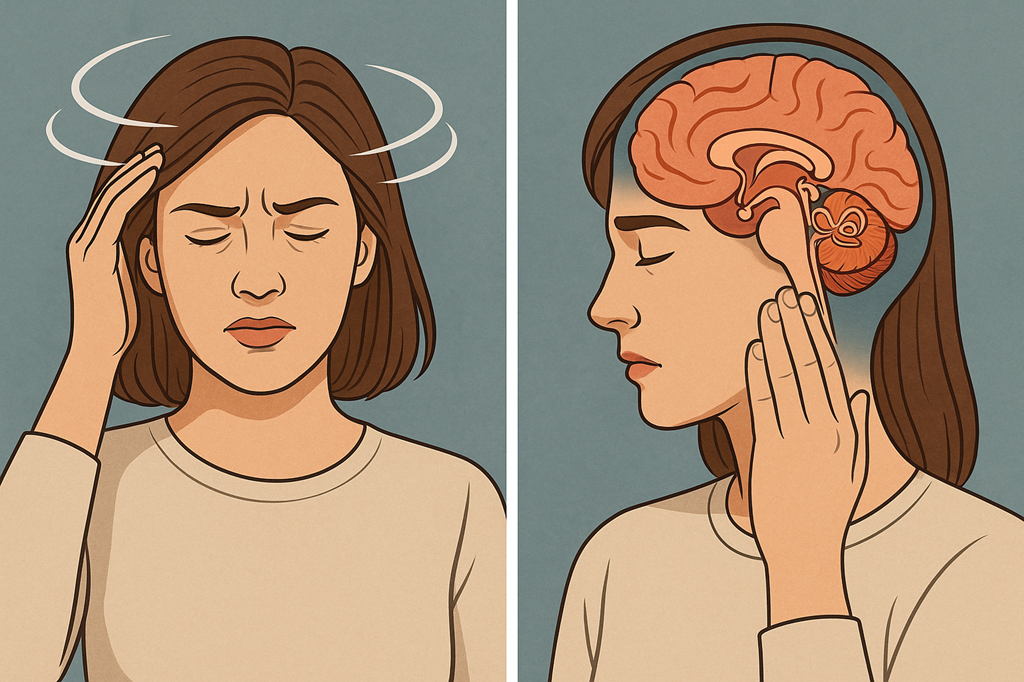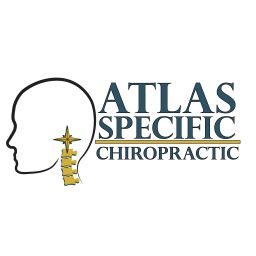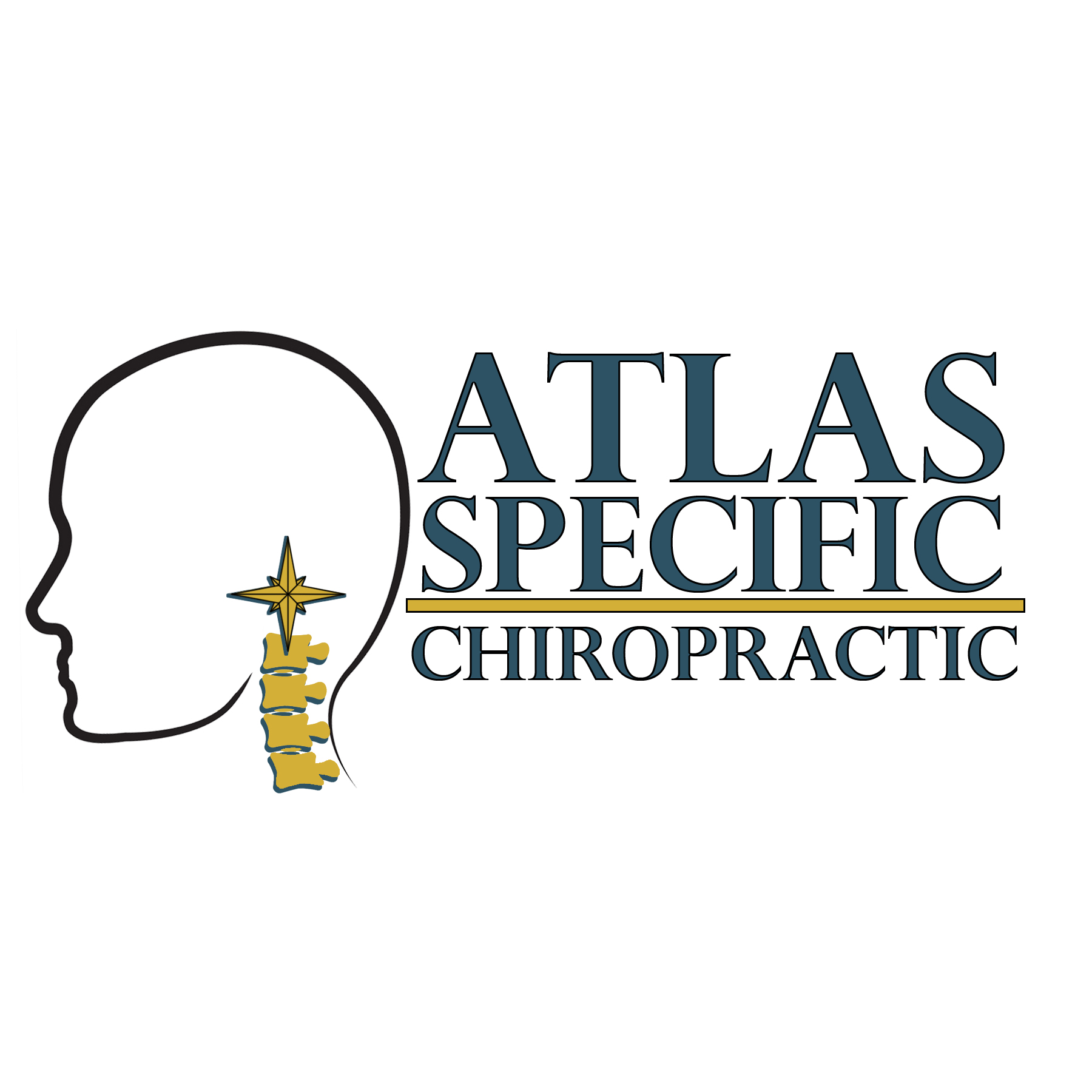
Vestibular Migraines
When Dizziness and Migraines Combine — Upper Cervical Care Can Help
Understanding Vestibular Migraines
Vestibular migraines are one of the most misunderstood and misdiagnosed neurological conditions. Unlike classic migraines that primarily cause head pain, vestibular migraines affect the vestibular system — the part of the brain that controls balance, spatial awareness, and coordination.
People with vestibular migraines experience episodes of:
-Dizziness
-Feeling off balance
-Motion sensitivity
-Lightheadedness
-Visual disturbances
-Nausea
-Sensitivity to light, sound, or movement
-Migraine headaches (sometimes—but not always)
Some patients have all the dizziness without any head pain, which makes diagnosis difficult and leads many people down the wrong treatment path.
At Atlas Specific Chiropractic in Hiawatha, Iowa, we help patients who have been searching for answers — often after seeing ENTs, neurologists, vestibular therapists, and trying multiple medications with little improvement.
Why Vestibular Migraines Happen
Vestibular migraines occur when the pathways between the brainstem, inner ear, and nervous system become irritated or overstimulated. The brainstem plays a major role in processing signals from:
-The vestibular (balance) system
-The eyes
-The ears
-The neck muscles
-Proprioceptive feedback from the spine
When these systems become overwhelmed or receive conflicting information, the brain struggles to interpret motion and position — triggering dizziness, imbalance, and migraine symptoms.
A key area that influences all these systems?
The upper cervical spine.
The Upper Cervical Connection
The top two vertebrae, the atlas (C1) and axis (C2), surround and protect the brainstem. Even a slight misalignment in this area can:
-Irritate the nerves that coordinate balance
-Disrupt blood flow to the brain
-Alter vestibular processing
-Increase sensitivity to light, movement, and sound
-Lead to chronic dizziness and migraine patterns
Misalignment isn’t always dramatic — it can happen from:
-Previous concussion
-Whiplash
-Falls
-Poor posture
-Stress
-Long hours at a desk
-Dental or TMJ imbalance
Because these misalignments often go undetected by standard imaging, many patients are told “everything looks normal” — yet they continue to suffer.
That’s because the problem is functional, not structural, and requires specialized imaging and analysis.
Why Traditional Treatments Often Fall Short
Many vestibular migraine patients have tried:
-Migraine medications
-Anti-nausea medications
-Antihistamines
-Vestibular rehabilitation therapy
-Physical therapy
-Epley maneuvers
-TMJ treatments
-Lifestyle changes
-Dietary triggers
-Stress management
-ENT evaluations
These can be helpful, but for vestibular migraines rooted in upper cervical dysfunction, relief is often temporary or incomplete.
If the structures of the upper neck are irritated, no amount of vestibular training or medication can fully resolve the issue until the neurological stress is removed.
How Upper Cervical Chiropractic Helps Vestibular Migraines
At Atlas Specific Chiropractic, we use a detailed, scientific process to understand exactly how your upper neck is affecting your brain and balance systems:
✔ Functional Neurological Scans
Tytron thermography shows areas of nerve irritation and imbalance along the spine.
✔ Precision 3-View X-Rays
Unlike general chiropractic x-rays, ours specifically measure C1 and C2 alignment down to 1/100th of a degree and millimeter.
✔ Gentle, Targeted Correction
Using the AHKC (Advanced HIO Knee-Chest) technique, we provide a precise adjustment that:
Restores proper alignment
Reduces irritation to the structures of the upper neck
Improves neurological communication
Calms the vestibular system
Decreases dizziness and migraine frequency
No twisting.
No cracking.
Just a gentle, laser-focused correction unique to your anatomy.
Signs Your Vestibular Migraines May Be Coming From Your Neck
You may be experiencing upper cervical–driven vestibular migraines if you:
-Get dizzy when turning your head
-Feel unsteady walking in stores or crowded spaces
-Have “floating,” rocking, or swaying sensations
-Experience visual motion sensitivity
-Have migraines that worsen with neck tension
-Have had past whiplash or concussion
-Get worse with weather changes
-Feel off balance even when sitting still
-Have been told “your inner ears are fine”
These are classic markers of brainstem + upper cervical involvement.
There Is Hope — And You’re Not Alone
Vestibular migraines can be deeply limiting — affecting driving, working, social events, exercise, and even simple daily activities.
But with the right approach, your brain can calm, your balance can stabilize, and your symptoms can improve.
At Atlas Specific Chiropractic, we help patients from across Hiawatha, Cedar Rapids, and Eastern Iowa find relief from vestibular migraines using targeted, scientific upper cervical care that restores nervous system balance naturally.
📞 Call (319) 343-8540 or schedule your first visit today to learn how we can help your body find stability again.
Open Hours
Monday, Tuesday, Thursday
9:00 - 6:00
Wednesday
12:00 - 6:00
friday
9.00 - 2.00
© Atlas Specific Chiropractic | Powered by Webflow.




